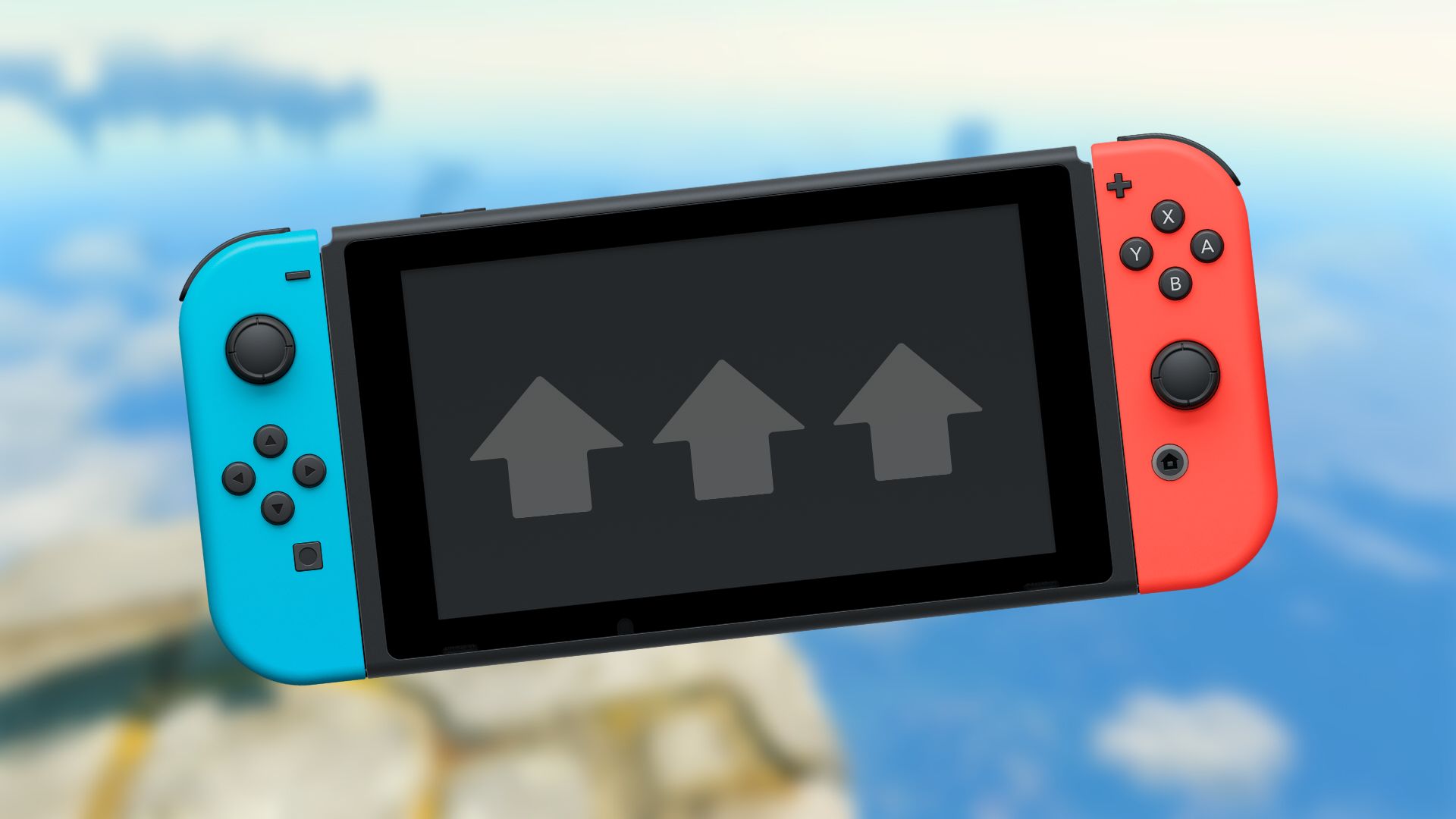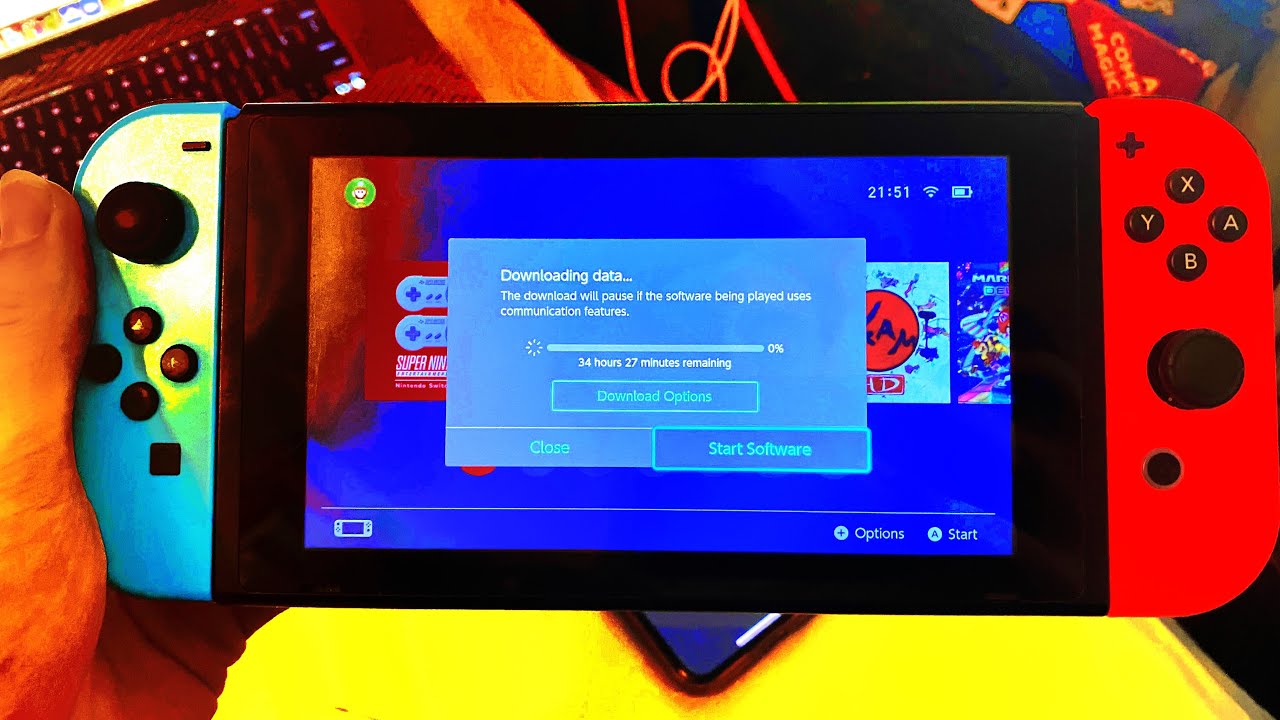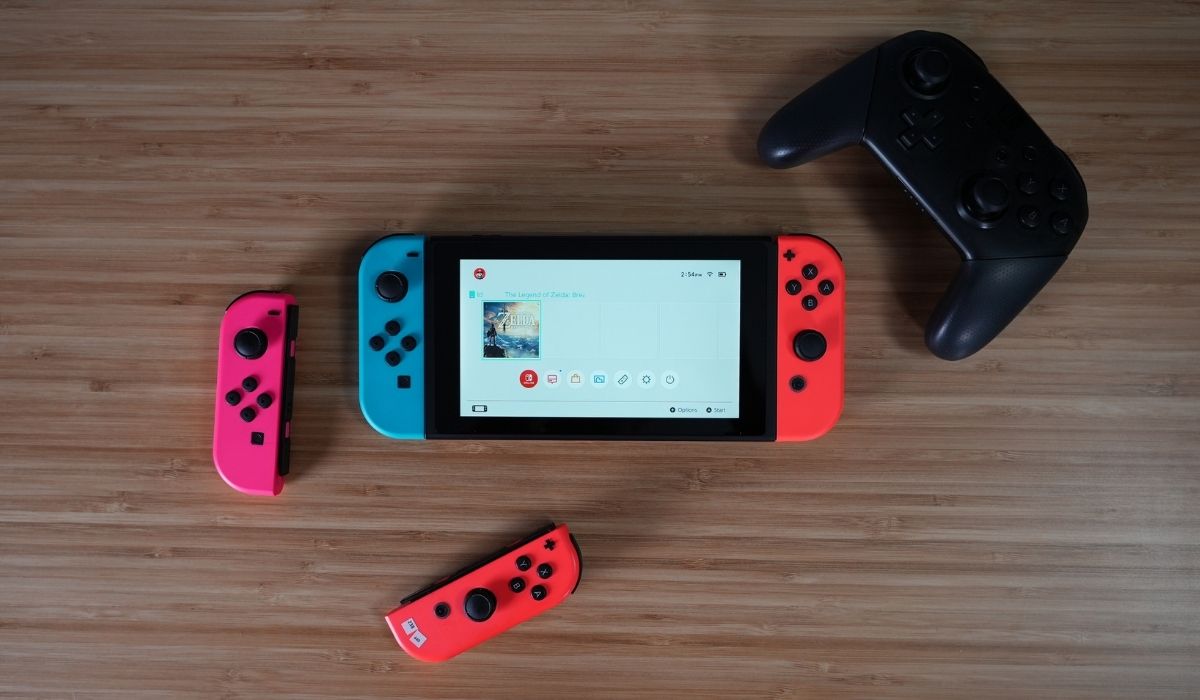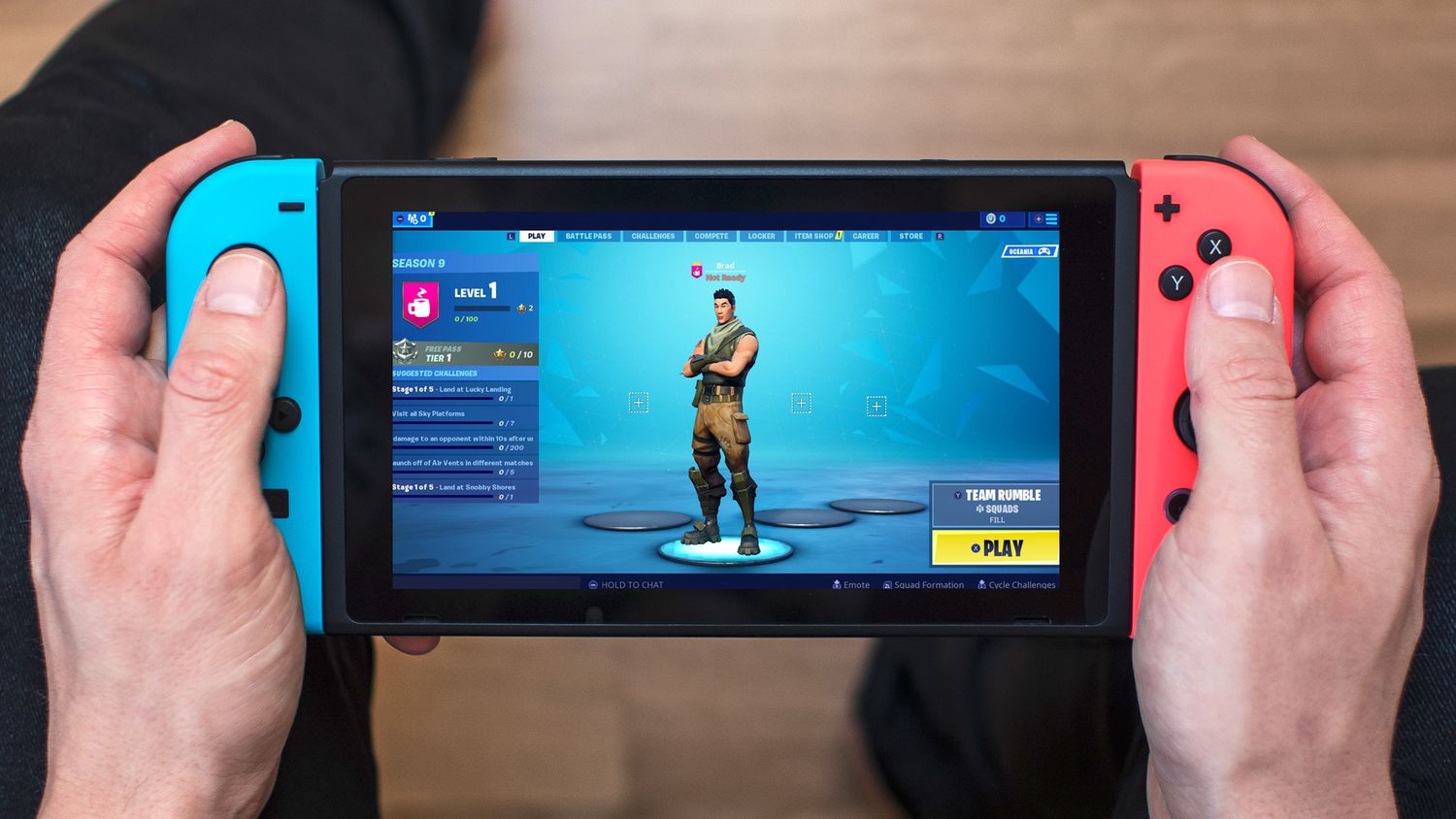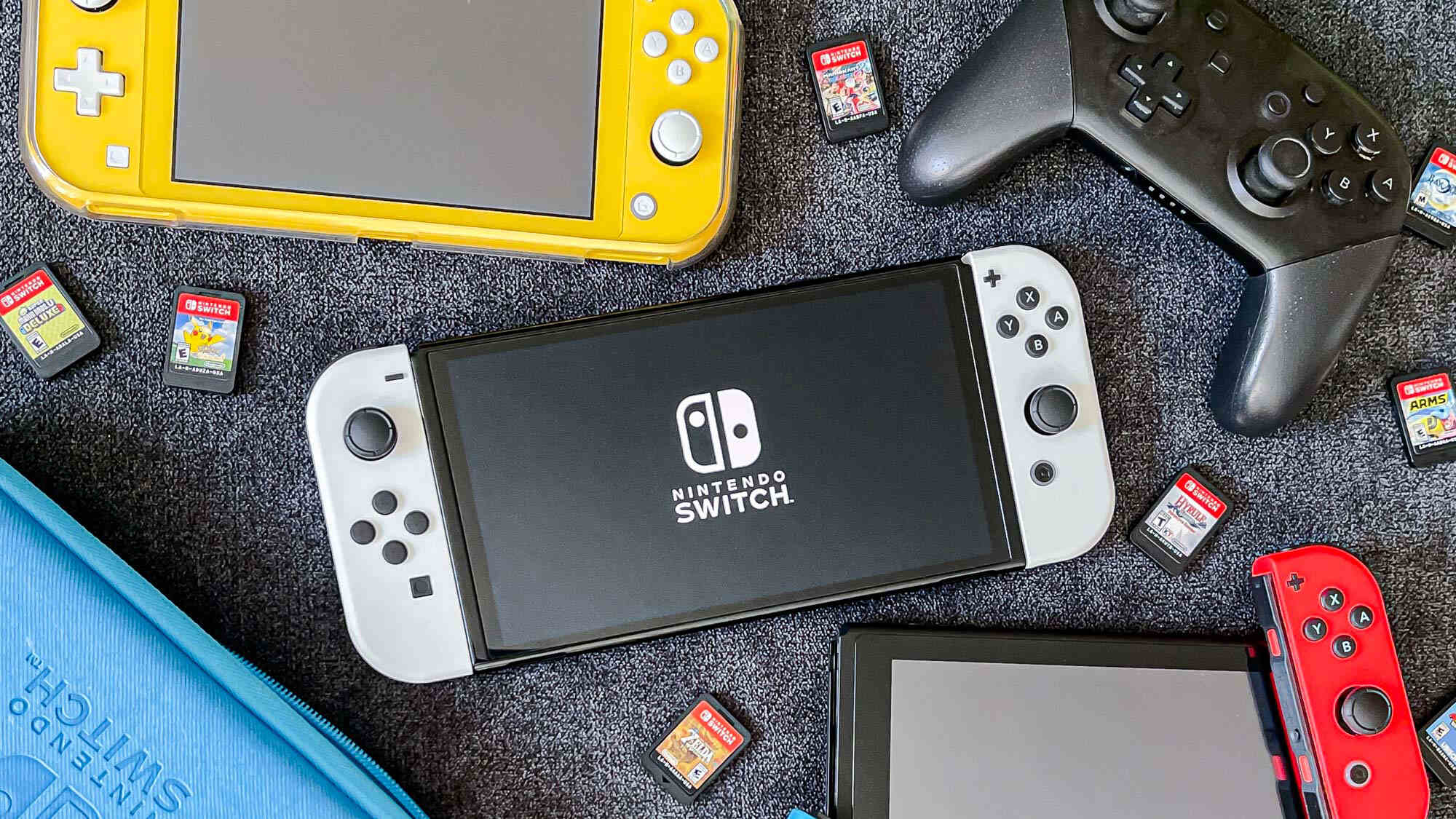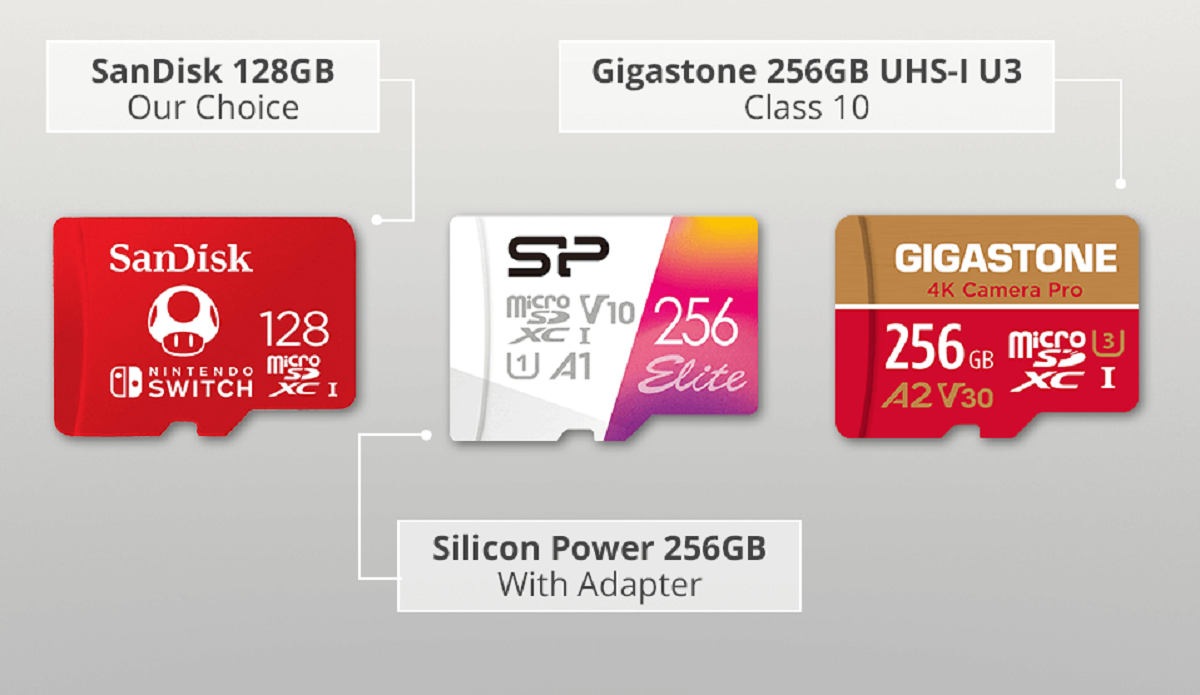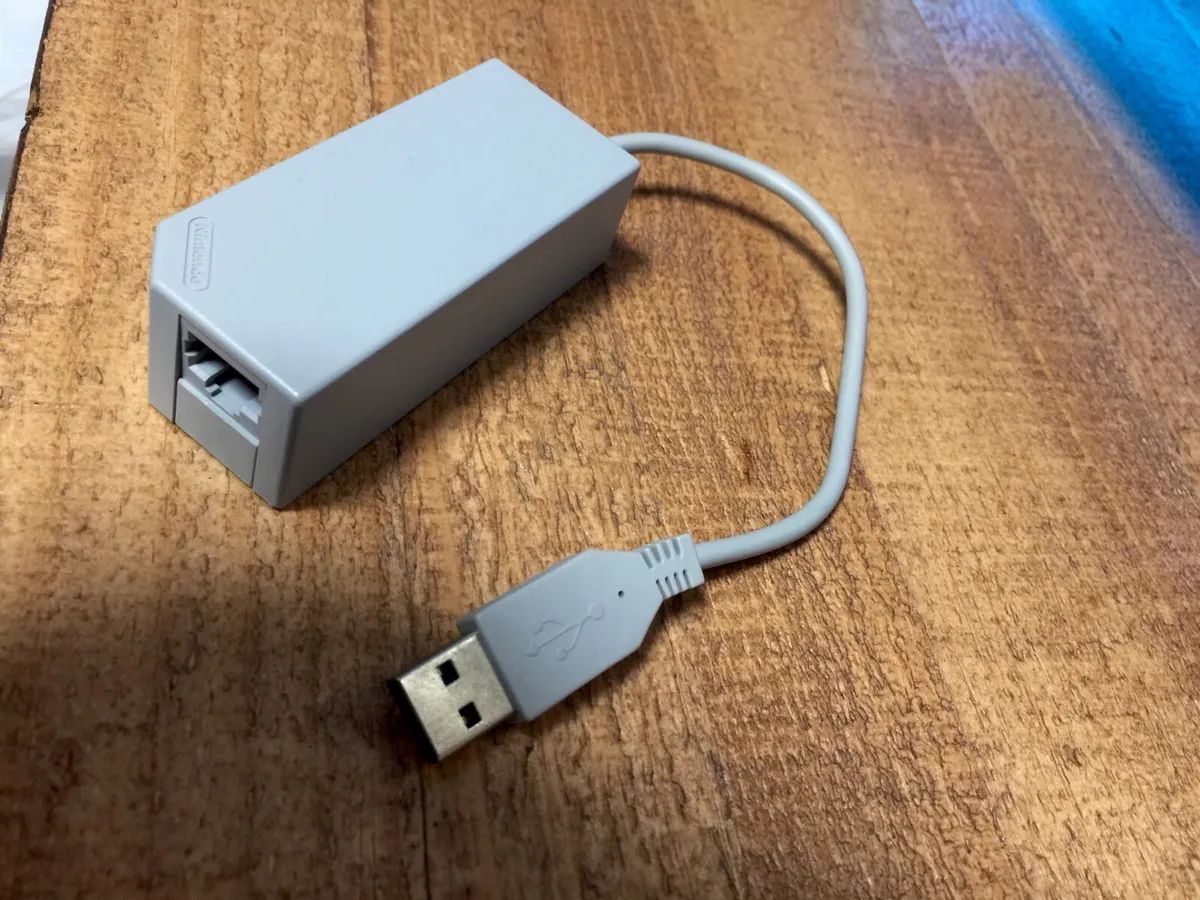Understanding Internet Speeds
When it comes to downloading games on your Nintendo Switch, having a good understanding of your internet speeds can make a world of difference. Internet speeds are typically measured in two ways: download speed and upload speed. Download speed refers to how fast data can be transferred from the internet to your device, while upload speed refers to how fast data can be sent from your device to the internet.
Before you dive into optimizing your download speed, it’s essential to conduct a speed test to determine your current internet speeds. There are various online speed test tools available that can measure your internet connection’s speed accurately. Once you have your results, you will have a better idea of the speed you are working with and can take appropriate steps to improve it.
It’s important to note that internet speeds can vary depending on several factors, including the type of internet connection you have. Broadband connections, such as cable or fiber-optic, generally provide higher speeds compared to DSL or dial-up connections. Additionally, the distance from your device to the Wi-Fi router can also affect your internet speeds.
Understanding your internet speeds is crucial because it sets the foundation for optimizing your download speed. If your speeds are consistently slow, even after following the steps outlined in this guide, it might be worth contacting your internet service provider to inquire about potential upgrades or troubleshooting steps.
Now that you have a basic understanding of internet speeds, let’s move on to the next section, where we will explore how to check your internet connection.
Checking your Internet Connection
Before you begin troubleshooting your Nintendo Switch’s download speed, it’s crucial to ensure that your internet connection is stable and reliable. Here are a few steps to check your internet connection:
- Restart your router: Sometimes, a simple restart can fix common connectivity issues. Turn off your router, wait for a few moments, and then turn it back on. Give it a minute to fully restart and establish a connection.
- Check other devices: If other devices in your home are also experiencing slow internet speeds, it may indicate a broader issue with your internet service. Test the internet connection on multiple devices to see if the problem persists.
- Move closer to the router: The distance between your Nintendo Switch and the router can affect the strength of your Wi-Fi signal. Try moving closer to the router to see if it improves your internet connection.
- Check for network congestion: If you’re experiencing slow internet speeds during peak usage hours, it could be due to network congestion. Try downloading games during off-peak hours to see if it makes a difference.
- Run a speed test: Use an online speed test tool to measure your internet speeds. Compare the results with your internet service provider’s advertised speeds to determine if you’re getting the speeds you’re paying for.
If you find that your internet connection is stable and meets your provider’s advertised speeds, but you’re still experiencing slow download speeds on your Nintendo Switch, it’s time to explore other optimization techniques. In the next section, we’ll discuss how to optimize your Wi-Fi connection for better download speeds.
Optimizing your Wi-Fi Connection
A strong and stable Wi-Fi connection is crucial for faster download speeds on your Nintendo Switch. Here are some tips for optimizing your Wi-Fi connection:
- Position your router strategically: Place your router in a centralized location in your home, away from walls or obstructions, to ensure maximum coverage. This will help eliminate any dead zones and provide a stronger signal to your Nintendo Switch.
- Reduce interference: Keep your router away from other electronic devices that can cause interference, such as cordless phones or microwaves. Additionally, check for neighboring Wi-Fi networks and choose a channel with less congestion.
- Secure your Wi-Fi network: Protect your Wi-Fi network with a strong password to prevent unauthorized devices from connecting and draining your bandwidth.
- Upgrade your router: If you’re using an older router, consider upgrading to a newer model that supports faster Wi-Fi speeds. Look for routers that offer features like dual-band or tri-band capabilities for better performance.
- Use a Wi-Fi range extender: If you have a large home or multiple floors, a Wi-Fi range extender can help extend your Wi-Fi signal and provide better coverage to areas farther away from the router.
- Limit the number of connected devices: The more devices connected to your Wi-Fi network, the more it can impact your overall internet speed. Disconnect any unnecessary devices or devices that are actively consuming bandwidth.
By implementing these strategies, you can optimize your Wi-Fi connection and potentially improve the download speeds on your Nintendo Switch. However, if you’re still experiencing slow download speeds, there are additional steps you can take. In the next section, we’ll explore how clearing the cache on your Nintendo Switch can help enhance its performance.
Clearing the Cache on your Nintendo Switch
Over time, the cache on your Nintendo Switch can accumulate unnecessary data, which can slow down the system and affect download speeds. Clearing the cache can help improve the overall performance of your console. Here’s how to do it:
- Power off your Nintendo Switch: Hold down the power button on your console and select “Power Options” from the pop-up menu, then choose “Turn Off.”
- Remove the Joy-Cons: If your Nintendo Switch is in handheld mode, detach the Joy-Cons from the console.
- Find the System Settings: Once the console is powered off, press the power button and hold the Volume Up button simultaneously. This will boot the console into Recovery Mode. From there, navigate to “System Settings.”
- Select System: In the System settings, scroll down and select “System.”
- Select Formatting Options: Under System, scroll down and select “Formatting Options.”
- Select Clear Cache: In the Formatting Options, choose “Clear Cache.” Confirm your selection when prompted.
- Restart your Nintendo Switch: After clearing the cache, exit the System settings and restart your Nintendo Switch by holding down the power button and selecting “Power Options” followed by “Restart.”
Clearing the cache on your Nintendo Switch can help remove temporary files and improve the overall performance of the system. This, in turn, may lead to faster download speeds when downloading games or updates. If you’re still experiencing slow download speeds, continue to the next section, where we’ll discuss how putting your Nintendo Switch in Sleep Mode can potentially boost download speeds.
Putting your Nintendo Switch in Sleep Mode
Putting your Nintendo Switch in Sleep Mode is a quick and easy way to potentially improve download speeds. When your console is in Sleep Mode, it can continue to download games and updates in the background without any interruptions. Here’s how you can put your Nintendo Switch in Sleep Mode:
- Make sure your console is connected to the internet: Ensure that your Nintendo Switch is connected to a stable Wi-Fi network.
- Start the download: Begin downloading the game or update you want on your Nintendo Switch.
- Press the Home button: While the download is in progress, press the Home button on your controller to return to the home menu.
- Put your Nintendo Switch in Sleep Mode: Hold down the power button on your console until a power options menu appears. Select “Sleep” to put your Nintendo Switch in Sleep Mode.
- Leave it in Sleep Mode: Let your Nintendo Switch remain in Sleep Mode while the download continues in the background. You can safely put your console in sleep mode and resume the download later.
- Wake up your Nintendo Switch: When you’re ready to use your console again, press the power button to wake it up from Sleep Mode.
By putting your Nintendo Switch in Sleep Mode, you allow it to utilize the internet connection efficiently without any other processes running in the foreground. This can potentially speed up the download process and save you time. If you’re still experiencing slow download speeds, there are a few more steps you can take. In the next section, we’ll discuss pausing other downloads and updates on your Nintendo Switch to prioritize the game you’re currently downloading.
Pausing other Downloads and Updates
If you’re experiencing slow download speeds on your Nintendo Switch, it’s possible that other ongoing downloads and updates are using up your available bandwidth. By pausing these downloads and updates, you can prioritize the game you’re currently downloading and potentially speed up the process. Here’s how to pause other downloads and updates:
- Access the Home menu: While your Nintendo Switch is powered on, press the Home button on your controller to access the Home menu.
- Select Downloads: In the Home menu, navigate to the top left corner and select the “Downloads” icon.
- Pause ongoing downloads or updates: In the Downloads screen, you will see a list of ongoing downloads and updates. Highlight the one you want to pause and press the “Pause” button to temporarily stop the process.
- Resume the download you want to prioritize: If you have multiple downloads or updates, select the game or update you’re currently downloading and press “Resume” to prioritize it.
By pausing other downloads and updates, you allocate more bandwidth to the game you’re currently downloading, potentially resulting in faster download speeds. Once your priority game finishes downloading, you can resume the other paused downloads and updates. If you’re still not seeing a significant improvement in download speeds, there are additional steps you can take. In the next section, we’ll discuss using a wired connection for your Nintendo Switch.
Using a Wired Connection
If you’re looking for the fastest and most stable connection for your Nintendo Switch, using a wired connection can often be the best solution. While Wi-Fi connections are convenient, they can be prone to interference and signal degradation. By connecting your Nintendo Switch directly to the router with an Ethernet cable, you can potentially achieve faster and more reliable download speeds. Here’s how to set up a wired connection:
- Obtain an Ethernet cable: Purchase an Ethernet cable that is long enough to reach from your router to your Nintendo Switch.
- Connect one end of the Ethernet cable to your router: Locate an available Ethernet port on your router and plug in one end of the cable.
- Connect the other end of the Ethernet cable to your Nintendo Switch: On the back of your Nintendo Switch docking station, you’ll find an Ethernet port. Connect the other end of the cable to this port.
- Select “Wired Connection” on your Nintendo Switch: On your Nintendo Switch, go to the “System Settings” and navigate to “Internet” settings. Select “Wired Connection” to establish the connection.
- Test your internet connection: After setting up the wired connection, run a speed test on your Nintendo Switch to ensure that the download speeds have improved.
By using a wired connection, you eliminate the potential interference and signal loss that can occur with a wireless connection. This can lead to faster download speeds and a more stable online gaming experience. If you have followed these steps and are still experiencing slow download speeds, there are a few more troubleshooting steps you can attempt. In the next section, we’ll discuss power cycling your Nintendo Switch.
Power Cycling your Nintendo Switch
Power cycling, or restarting, your Nintendo Switch can help resolve various software or connectivity issues that might be affecting your download speeds. It essentially refreshes the system and clears any temporary glitches. Here’s how to power cycle your Nintendo Switch:
- Power off your Nintendo Switch: Press and hold the power button on your console until a power options menu appears.
- Select “Power Options”: In the power options menu, choose “Power Options.”
- Select “Restart”: From the power options, select “Restart” to initiate the restart process.
- Wait for the restart: Allow your Nintendo Switch to fully power off and restart to complete the process.
Power cycling your Nintendo Switch can help correct any temporary glitches or issues that might be negatively impacting your download speeds. Once the restart is complete, check if your download speeds have improved. If not, there is one more step you can try to optimize your Nintendo Switch’s performance. In the next section, we’ll discuss updating your Nintendo Switch system software.
Updating your Nintendo Switch System Software
Keeping your Nintendo Switch system software up to date is vital for optimal performance and the best download speeds. System updates often include bug fixes, performance improvements, and new features that can help enhance your gaming experience. Here’s how to update your Nintendo Switch system software:
- Connect to the internet: Ensure that your Nintendo Switch is connected to a stable internet connection either through Wi-Fi or a wired connection.
- Go to System Settings: From the home menu, select the gear icon to access the System Settings.
- Scroll down and select System: In the System Settings menu, scroll down and select “System.”
- Select System Update: Under the System menu, choose “System Update” to check for available updates.
- Start the update: If a system update is available, follow the on-screen prompts to start the update process. Make sure that your Nintendo Switch is connected to a power source during the update.
- Wait for the update to complete: The update process can take some time, depending on the size of the update and your internet connection speed. Do not interrupt the update process or turn off your console until it’s complete.
- Check for additional updates: After the system update is complete, go back to the System Settings menu and select “System Update” again to ensure that there are no additional updates available.
Regularly updating your Nintendo Switch system software ensures that you have the latest improvements and optimizations, which can positively impact your download speeds. If there are no updates available or if you have already updated your system software, and you’re still experiencing slow download speeds, it may be worth reaching out to Nintendo Support for further assistance. They can provide additional troubleshooting steps tailored to your specific situation.
Contacting Nintendo Support
If you’ve followed all the previous steps and are still experiencing slow download speeds on your Nintendo Switch, it might be helpful to reach out to Nintendo Support for further assistance. Their dedicated support team is trained to help troubleshoot and resolve any issues you may be encountering. Here’s how you can contact Nintendo Support:
- Visit the Nintendo Support website: Go to the official Nintendo Support website in your region.
- Search for your specific issue: Use the search function on the website to find articles or guides related to slow download speeds on the Nintendo Switch. Look for solutions or troubleshooting steps that may be relevant to your situation.
- Contact support directly: If you’re unable to find a solution on the website, look for the “Contact Us” or “Support” section on the website. They usually provide options to contact Nintendo Support through email, live chat, or phone.
- Explain your issue: When contacting Nintendo Support, provide a detailed explanation of the problem you’re facing, including the steps you’ve already taken to improve your download speeds. The more information you can provide, the better they can assist you.
- Follow their instructions: Once you’ve connected with a Nintendo Support representative, carefully follow any instructions they provide for further troubleshooting or potential solutions.
- Keep a record of your communication: Make note of any interactions or steps discussed with Nintendo Support. This can be helpful for future reference or if you need to follow up on the issue later.
Contacting Nintendo Support ensures that you have expert assistance tailored to your specific issue. They can guide you through additional troubleshooting steps, provide further insights, or escalate the issue if necessary. Don’t hesitate to reach out to their support team for help in resolving your slow download speed issues on your Nintendo Switch.







